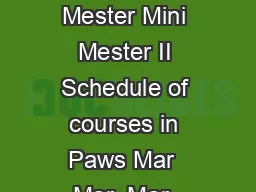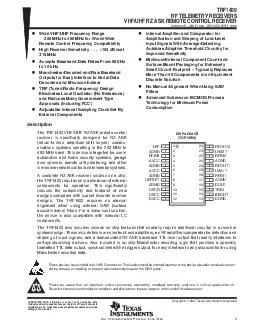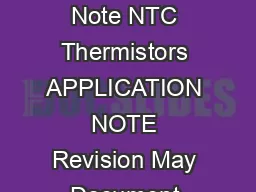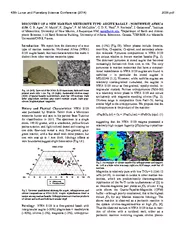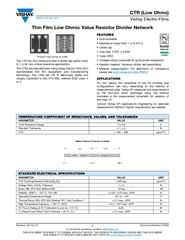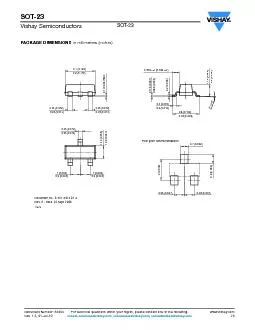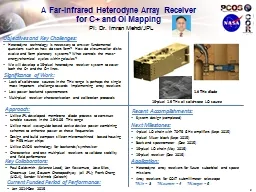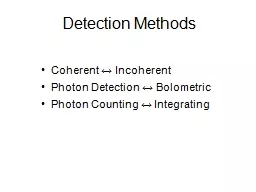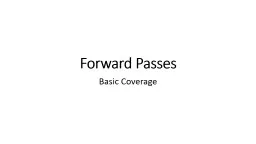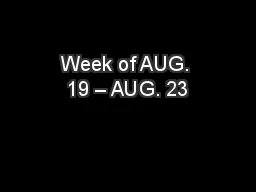PDF-VISHAY SEMICONDUCTORS Infrared Remote Control Receivers Application Note Vishays TSDP
Author : mitsue-stanley | Published Date : 2014-12-22
THE PRODUCTS DESCRIBED HEREIN AND THIS DOCUMENT ARE SUBJECT TO SPECIFIC DISCLAIMERS SET FORTH AT wwwvishaycomdoc91000 wwwvishaycom By John Fisher The TSDP series
Presentation Embed Code
Download Presentation
Download Presentation The PPT/PDF document "VISHAY SEMICONDUCTORS Infrared Remote Co..." is the property of its rightful owner. Permission is granted to download and print the materials on this website for personal, non-commercial use only, and to display it on your personal computer provided you do not modify the materials and that you retain all copyright notices contained in the materials. By downloading content from our website, you accept the terms of this agreement.
VISHAY SEMICONDUCTORS Infrared Remote Control Receivers Application Note Vishays TSDP: Transcript
Download Rules Of Document
"VISHAY SEMICONDUCTORS Infrared Remote Control Receivers Application Note Vishays TSDP"The content belongs to its owner. You may download and print it for personal use, without modification, and keep all copyright notices. By downloading, you agree to these terms.
Related Documents

